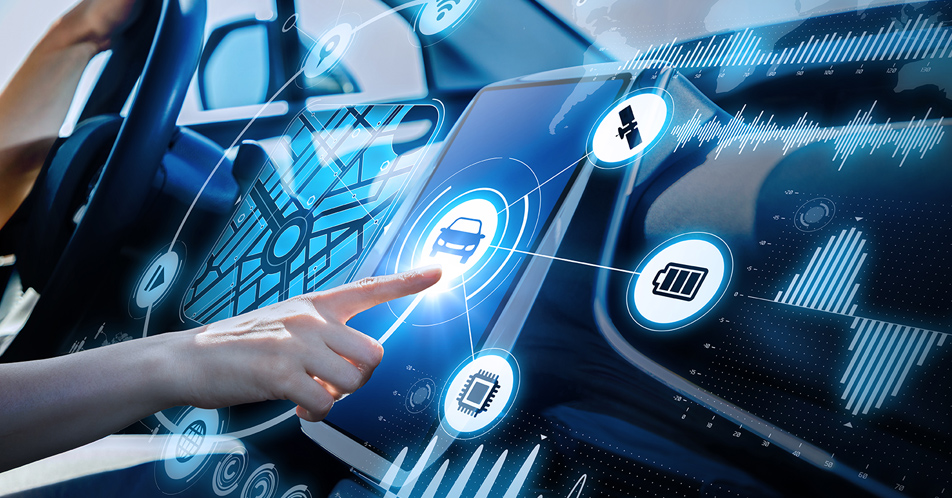The automotive industry has been transformed much in recent times. In place of cars that used to be different from each other in terms of only design and horsepower, the world is seeing revolutionary cars like the electric and self- driving cars.
While cars become smarter and highly automated, much innovative technology will be required to render them better suited to drivers. Cars of the future- be they electric, connected, autonomous or a combination of all 3, will be fueled by cutting edge technology. Only companies which can deploy such technology with success, will emerge as winners in a highly competitive industry.
Success in automotive sector will require adoption of new business models, modernization of business processes and the capacity to gather, manage and use enormous amounts of data generated by cars and their drivers. This is made possible by automobile application management software.
The following key technologies will drive the automotive sector into the future:
Internet Of Things (IoT)
There is extensive amount of data which can be captured, digested, analysed and acted upon. Using sensor technology and IoT, data can be collected on things like braking, steering and how efficiently the car navigates the road. Beyond development of autonomous driving, IoT is offering impetus for several other business opportunities like connected car functionality, data monetization and predictive maintenance.
Ai (Artificial Intelligence) Based Vehicle Control
Humanity is on the path to unmanned vehicles. As per different assumptions, today we are at the meddle of the road or at the final stage; but one thing is clear, the end is nowhere in the near future. Experts have predicted that the 2020’s and subsequent years will be the era of full-fledged auto-piloted vehicles debuting in the market.
For instance, in 2017, the company Waymo announced a reduction of 90% in the cost of the main component of its unmanned vehicles: the Lidar. This was crucial news for the industry: previously the system of high-precision lasers was more expensive than cars, but now it has emerged as much more accessible now.
Hybrid/Cloud Computing Models
While there is rising demand for data and computing in the automotive sector, there is remarkable amount of collaborative innovation going on in terms of data ingestion, computing capacity, data pipelines, AI and Analytics based algorithms.
Auto companies have fresh computing requirements which only hybrid and cloud-based computing models can handle by offering access to enhanced demand. This is when companies have storage intensive or compute-intensive workloads or both. Cloud companies are investing tremendous R&D in this area while car companies are tying up with them to exploit innovation to speed up their progress to right outcomes.
Special Apps for Cars
The most modern car models are teeming with software – some of them have more coding than a fighter jet. Data gathered via IoT and other means can be exploited to offer value added services to drivers through in-car apps.
For instance, driving data in real time can be used to offer information for navigation apps which alert drivers to road conditions, nearby buildings, traffic hazards etc. Automotive industry needs to manage in-car software assets in a comprehensible manner. This includes testing, implementing software in the proper way and tracking it such that there are records of what is implemented in case something breaks. These are examples of software used in automotive industry.
These technologies are just the tip of the iceberg of technological innovations in the automotive sector. In sum, automotive manufacturing is today highly dependent on modern technology and the latter is the decider between failure and success.



